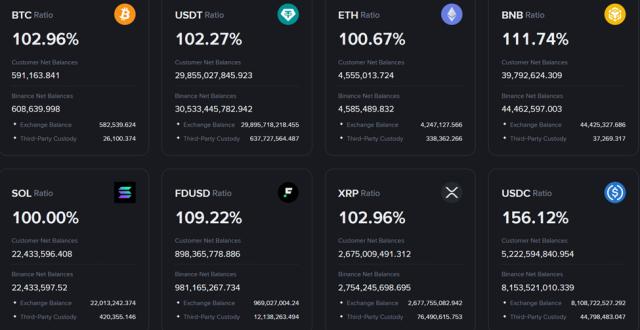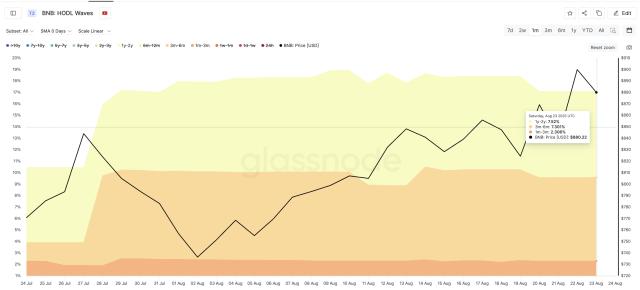Two months after Elon Musk criticized the Trump administration's handling of the national debt, it was reported that the US added $1 trillion in federal debt in just 48 days.
Deficit spending has become the biggest but least-noticed macro factor. Bitcoin, Ethereum, and decentralized finance (DeFi) are no longer just speculative plays. Instead, they are structural hedges against a broken financial system.
Is America's debt spiral driven by spending or interest rates?
This increase is equivalent to about $21 billion per day. This underscores what analysts and investors like Elon Musk have previously warned , that the fiat currency system is locked into an unsustainable path, and that digital assets could be a hedge.
Looking back, Elon Musk has specifically criticized the recently signed One Big Beautiful Bill as a key factor in further increasing an already alarming deficit.
However, since August 11, 2023, US debt has increased by $200 billion, pushing the total national debt to nearly $38 trillion.
Washington posted a $291 billion deficit in July alone, the second-largest for any July on record. The deficit is now at $1.63 trillion for fiscal year 2025, up 7.4% year-over-year, and on track to surpass $2 trillion.
Similarly, government spending has exploded to 44% of GDP, levels only seen during World War II and the 2008 financial crisis.
While the Federal Reserve has insisted on a soft landing , the underlying numbers tell a grimmer story. Revenues grew just 2.5% year over year, while spending rose nearly 10% last month.
“…This is a spending problem, NOT an interest rate problem… This is a spending crisis,” analysts at Kobeissi Letter stated .
This comment suggests that the annual deficit will remain in the trillions of dollars even if the Fed cuts interest rates.
Impact on crypto and financial markets
The bond market has begun to flash warning signs. Investors are demanding higher yields on US government bonds , with recent auctions exceeding 5%, a rarity in modern history.
As debt Capital accelerates at higher interest rates, the financial gap deepens. This creates a technical outlook for stocks, commodities, and especially cryptocurrencies.
In the short term, higher yields can drain liquidation from risk assets. In the long term, however, sustained deficit spending erodes confidence in fiat money. This trend has historically benefited Bitcoin and other hard-capped digital assets.
While cryptocurrency traders often view Bitcoin as digital gold , the case becomes even stronger as fiat regimes prove financially unsustainable.
“On our current fiscal path, there is a 100% chance that the US will go bankrupt in the long run,” they added.
For many in the crypto space, the trajectory of US debt validates the thesis that decentralized assets provide protection against inefficient national financial management.
With $38 trillion in debt hanging over its head and deficits locked in at over $1.5 trillion annually, the temptation for future policymakers to reduce debt obligations is growing. That risk is a positive for Bitcoin’s scarcity narrative.
Altcoins could also benefit indirectly, as institutional allocators explore alternatives to government bonds with squeezed yields.
Stablecoins and tokenized government bonds have been absorbing Capital, but the liquidation flood could extend over time into broader cryptocurrency markets.
What happens next depends on whether Congress reins in spending (unlikely in an election year) and how the Fed balances interest-rate policy with debt sustainability. But either path is risky.





